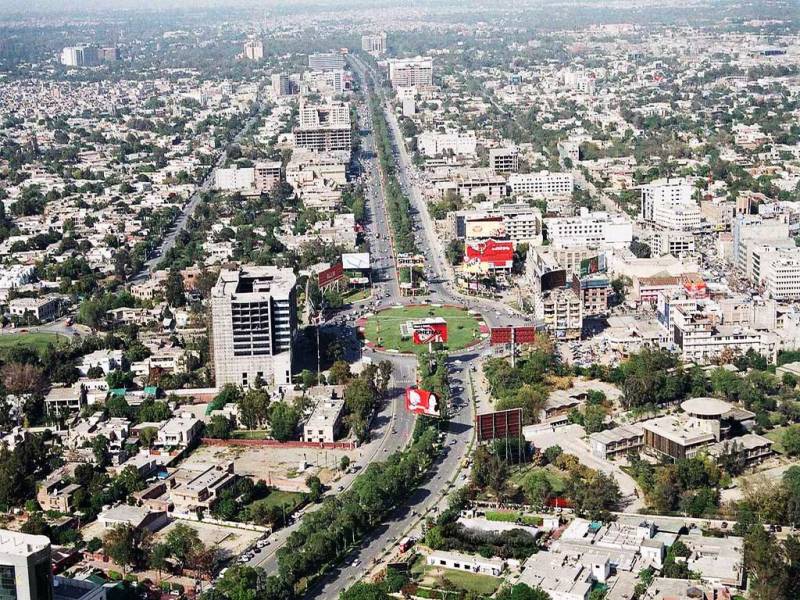The month of September is upon us, raising memories of the same time half a century ago, when the Pakistani Nation faced a life and death challenge with unmatched courage. It was this very courage that forced an enemy five times our Armed Forces to suffer an ignominious defeat. Six years later, we were the victim of yet another dastardly plan that ripped our Eastern Wing from us. This was made possible by a long term conspiracy that poisoned the mind of the people in what was at one time East Pakistan. No army in the world could sustain itself in combat, when faced with a situation where it had to fight a hostile population and a trained enemy army. The nation went to the brink of an all-out war once more during the Kargil Episode. While this last battle was won militarily, we lost it on the political front.
In 1965, both Indian and Pakistani media was in a state of evolution and television was in its infancy. On the domestic front, it was our radio that excelled itself, while unbiased coverage by foreign correspondents projected the truth – our victories and the enemy’s inability to carry out its mission. It was then perhaps, that the Indians realised the importance of Information Warfare and its deft usage to change perceptions.
Pulling out all stops, our Eastern Neighbour embarked on a fast track revamping of its ability to project its view point, not only through media, but through NRIs and diplomats. While our adversary went about developing this terrible weapon with single minded devotion, we embarked on a different track – apathy, corruption and greed. Most critically, we allowed our minds to be polluted by deftly employed enemy tools (that included music and films). The results of India’s ‘exterior manoeuvre’ first manifested themselves in 1971, when images of so called atrocities by the Pakistan Army began to appear on television and print. While some of these images may have been true, no one considered the fact that they could be a reaction to the brutal killing of West Pakistani citizens, army personnel and their families. The bottom line was that we not only lost a part of our country that December, but also our credibility.
Then came Kargil – an area composed of rugged and hostile terrain with most heights above 10000 feet. Our adversary raved and ranted about how we had ripped the Simla Agreement apart and committed aggression. We once again failed to tell the world effectively that it was not us, but the Indians, who had desecrated the said agreement not once, but thrice – in the Qambar, Chorbat La and Siachin Sectors. What we also failed to pitch was the fact that the Kargil Posts were originally ours and we had simply taken back, what belonged to us. What we did not highlight was that our withdrawals were a result of the vacated areas being tactically untenable and logistically unsupportable.
As far as Kashmir is concerned, we continue to cling to outdated techniques of projecting the issue. Sadly enough our campaign is apparently aimed at a domestic target and not the international community especially opinion makers. We use archaic banners with unimpressive images and slogans that have been used and reused like recycled glassware.
Our documentaries are formatted in a manner too unprofessional and old fashioned to comment upon. Had it not been for our revived cinema that produced films like ‘Khuda ke Liye’ and ‘Waar’, we would have simply laid down and capitulated to the massive film industry next door – an industry that is committed to projecting Pakistan as the root of all evil. Thank heavens that the new breed of creative and young Pakistani producers now stand as a bulwark against this perception. It is this unsung army that needs patronage and support to effectively counter hostile propaganda.
What we also need is an effective revival of the National Media Coordination Committee. This committee must pull down political and egotistic barriers and incorporate members from the private media and experts in Information Management. It must without delay become a credible platform to project Pakistan’s image and international perceptions.






